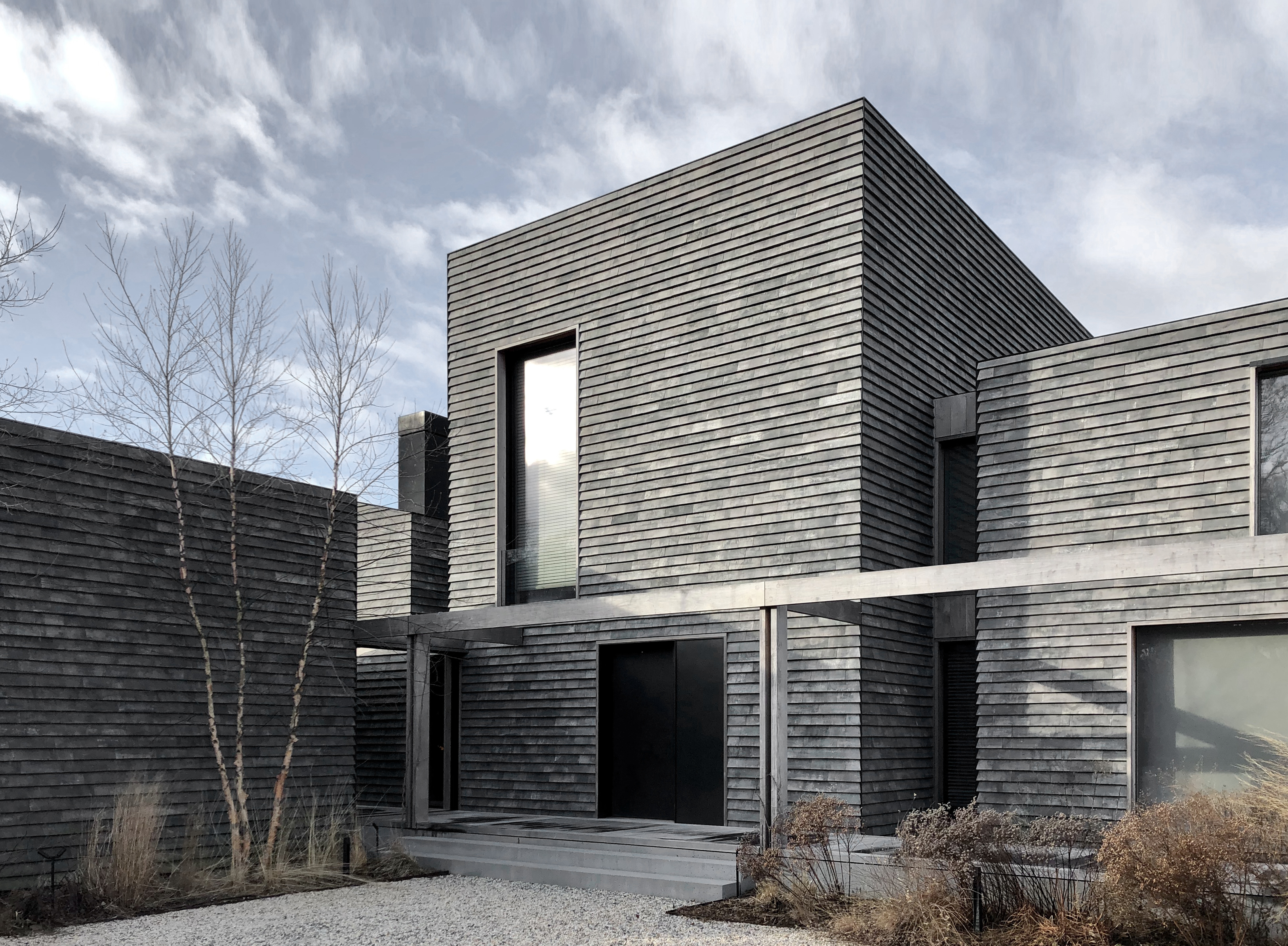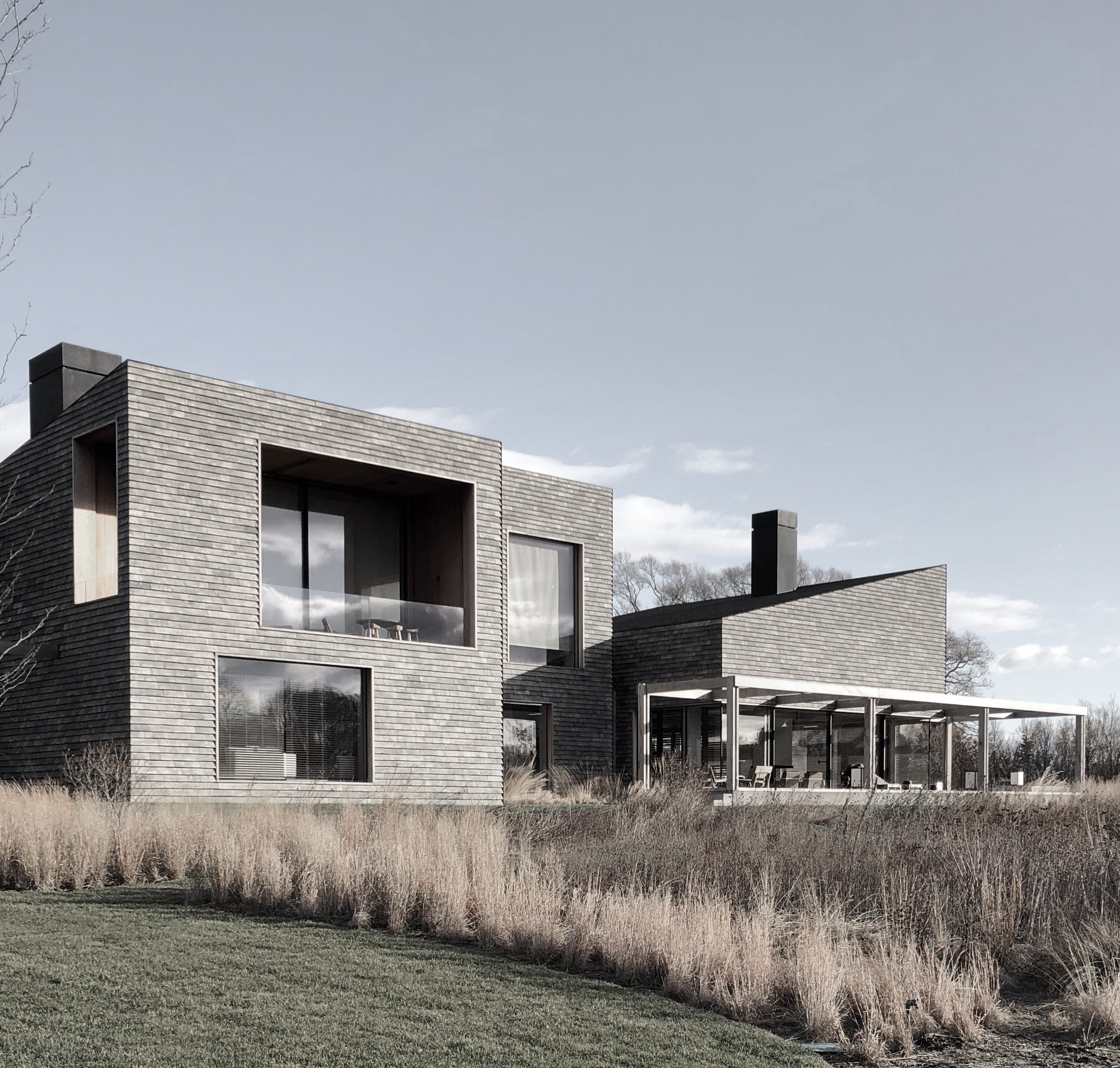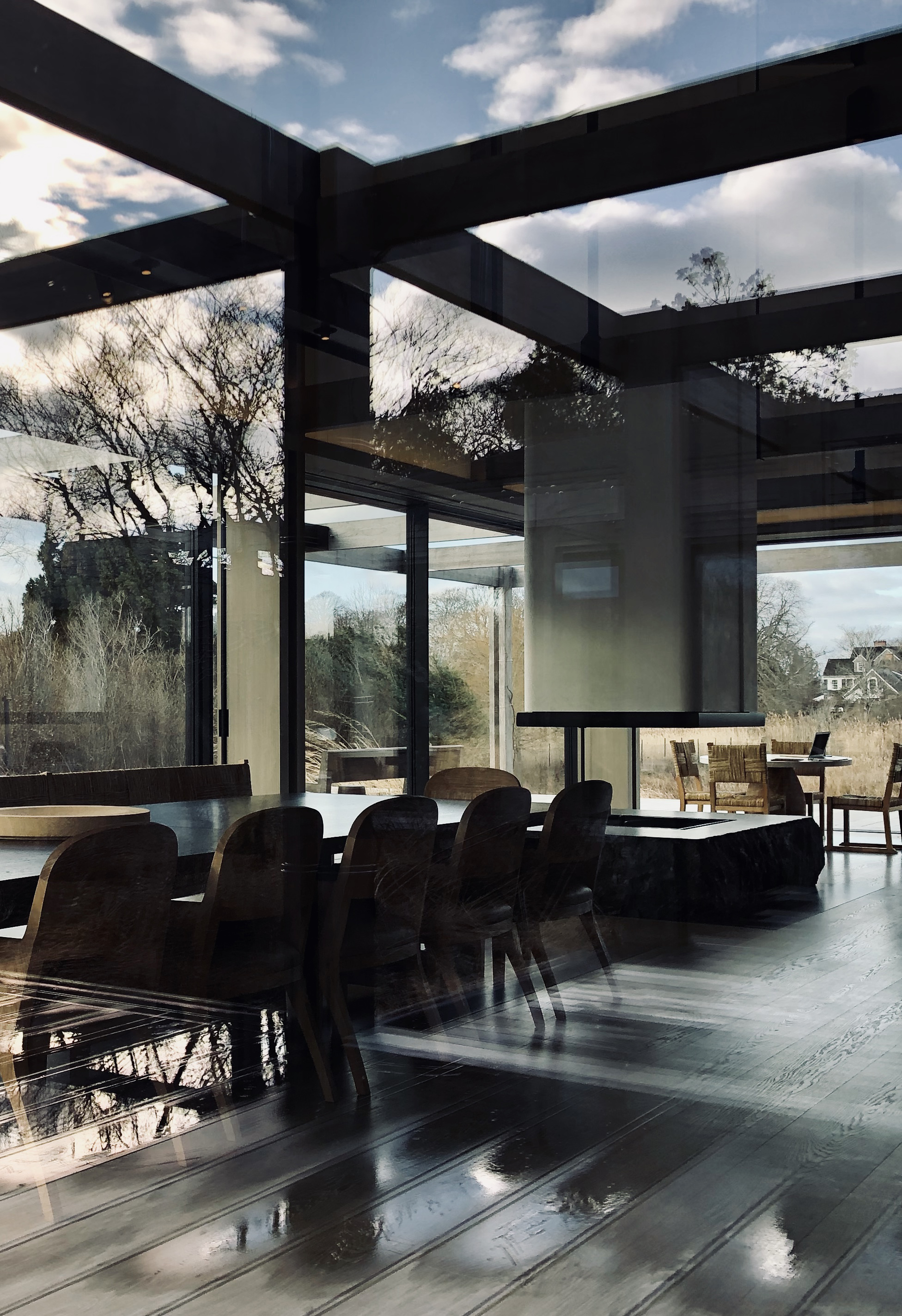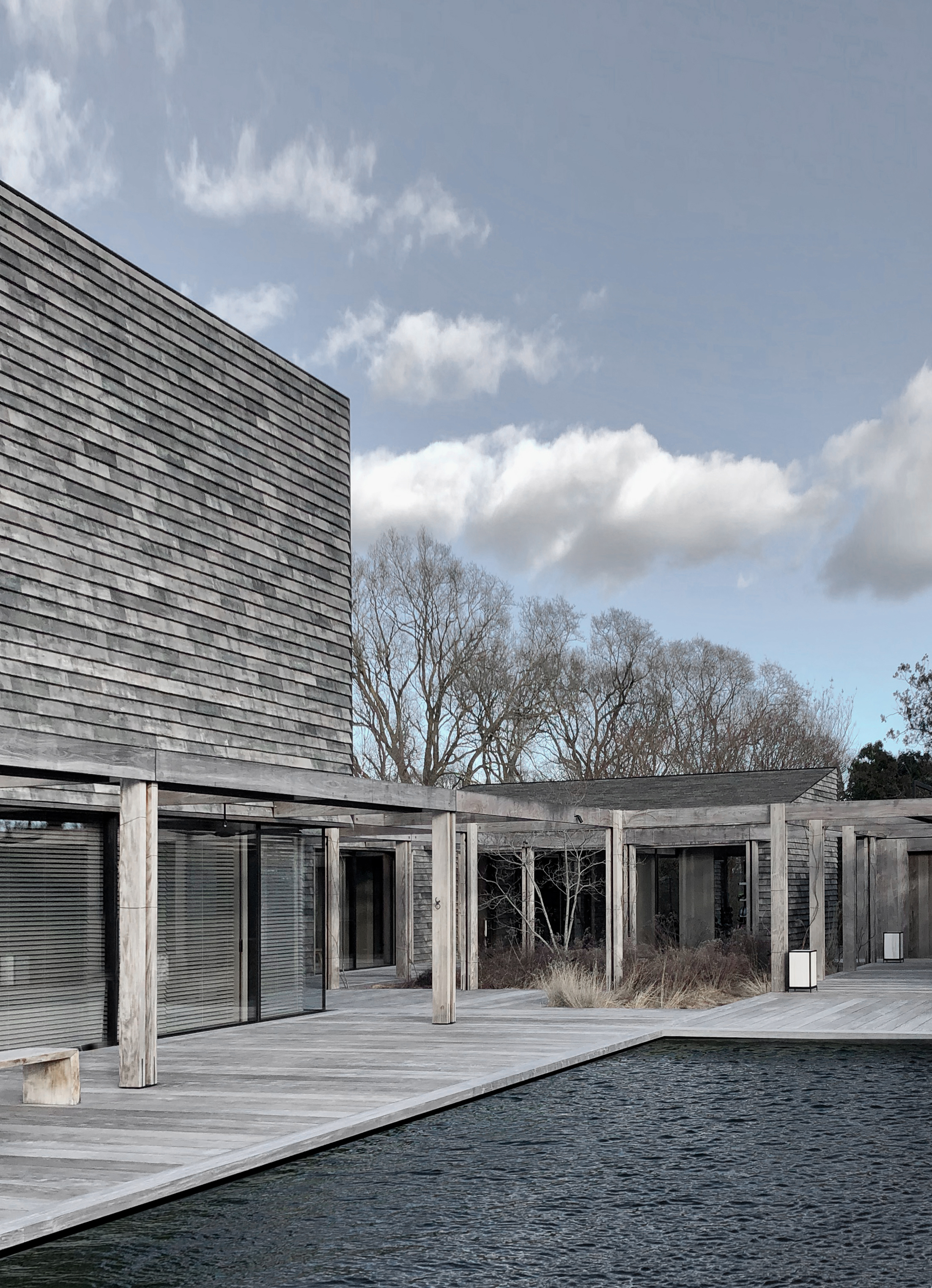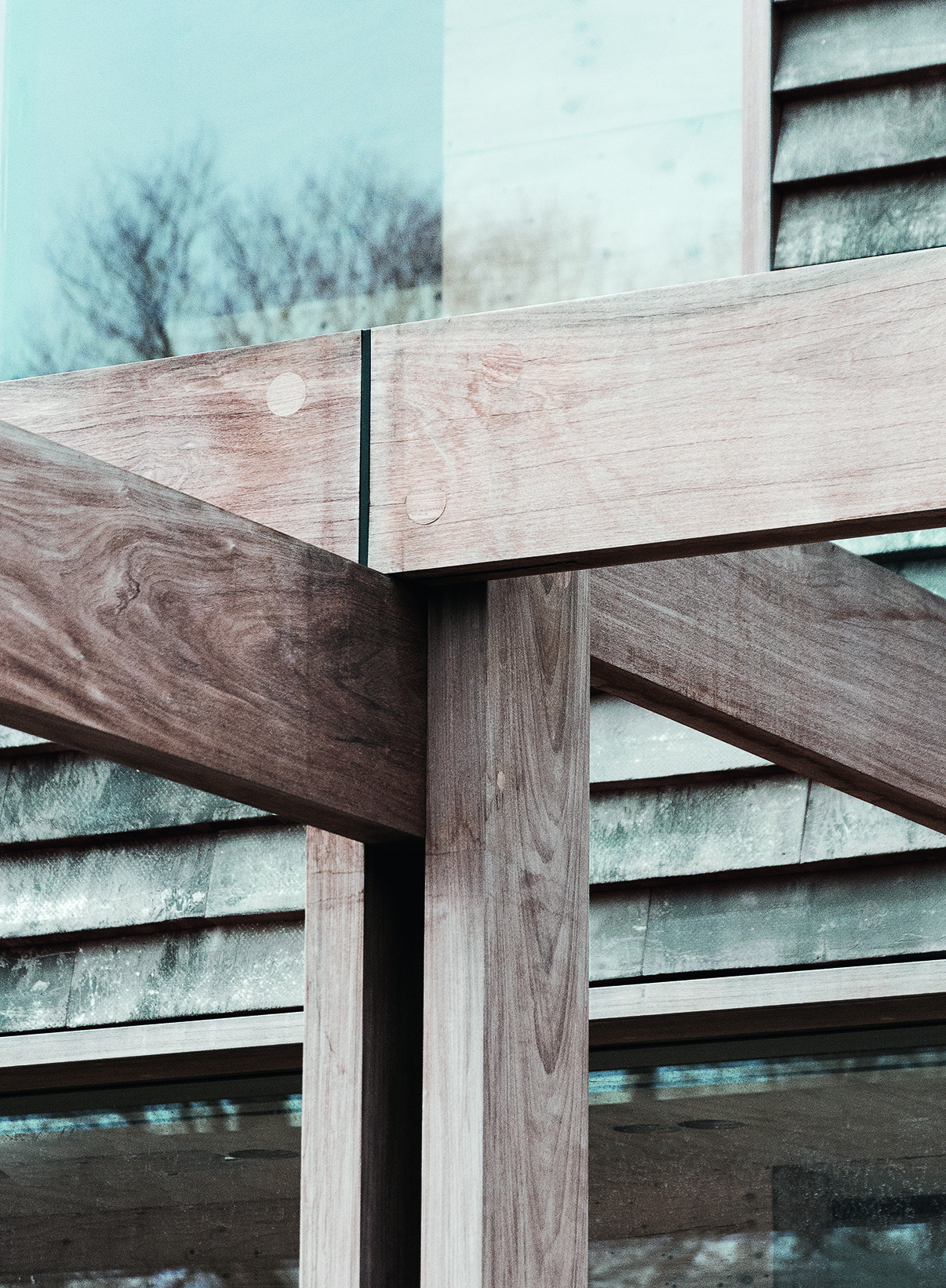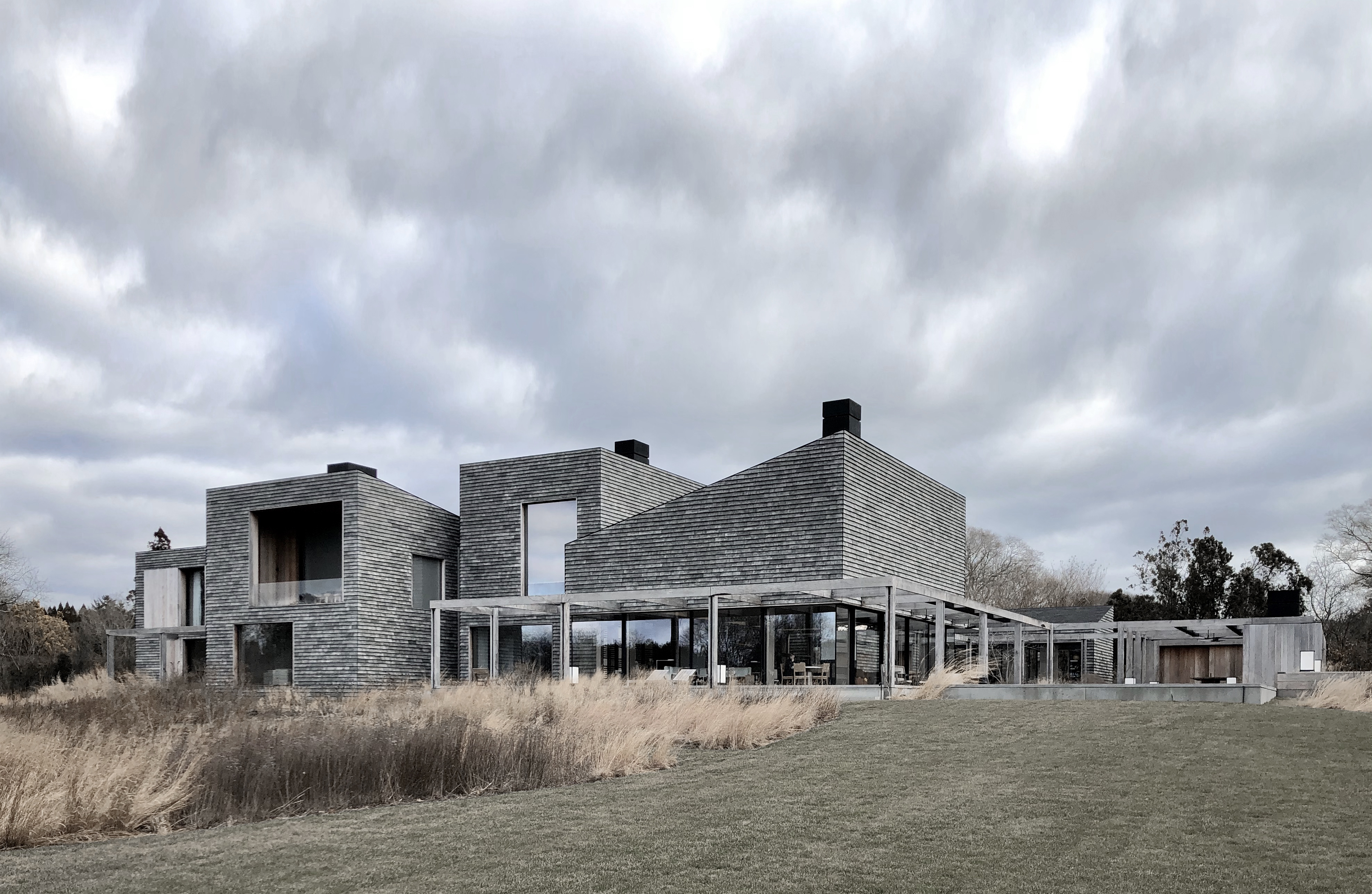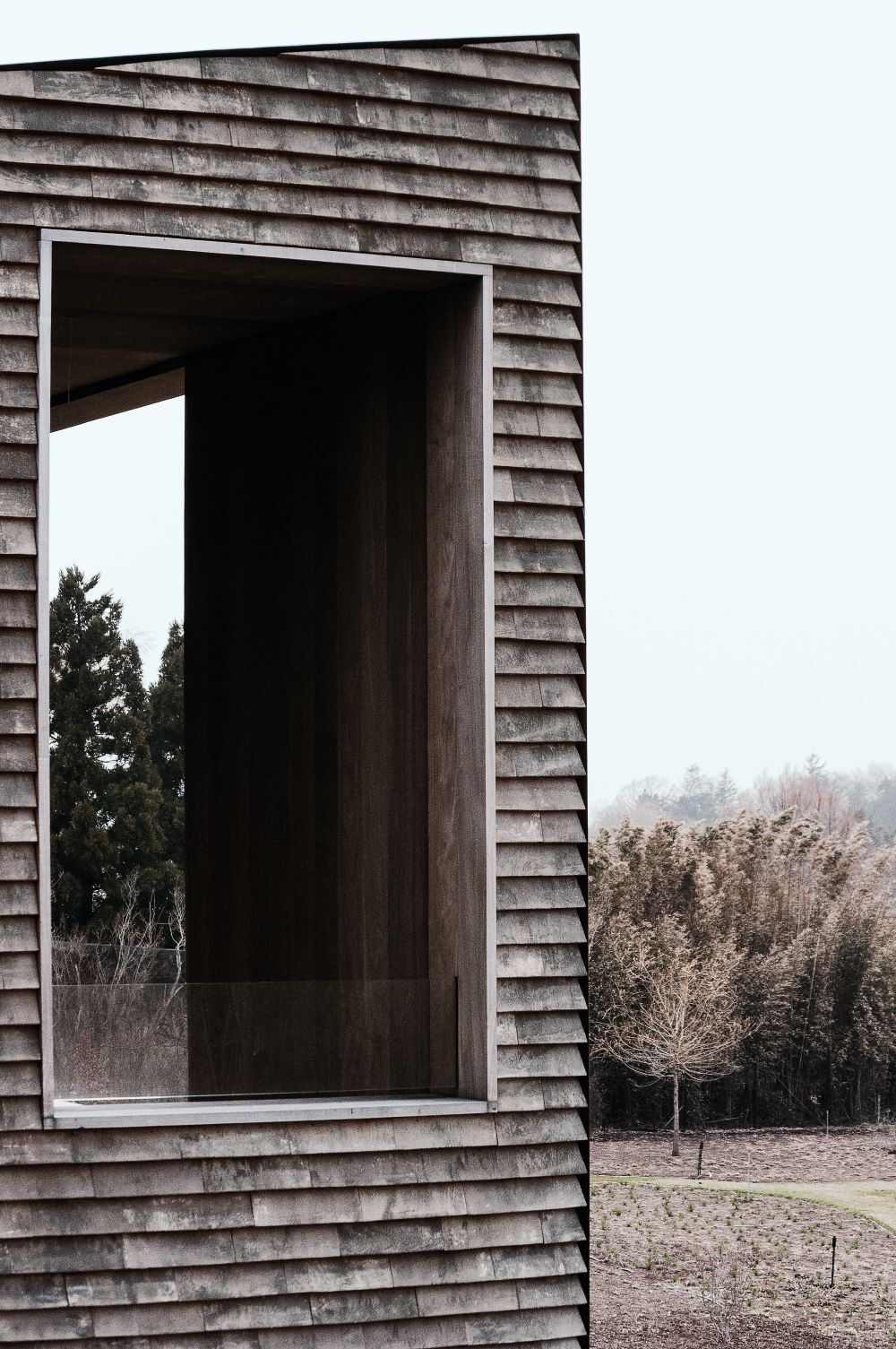HBH Residence
Southampton, NY, USA
2018
This residential project, under construction at the time of writing, is located in Southampton, southeastern Suffolk County in New York, with a landscape and coastline that is part of the famed stretch of shoreline known as the Hamptons, the exclusive summer destination of New York City that extends from Amagansett, Sag Harbor to the remote and popular Montauk area.
Historically, this area has been devoted to agriculture and fishing, which nowadays still influences the special atmosphere of the landscape and traditional housing. Along with the seemingly infinite coastline of sandy beaches, this area soon turned into a perfect retreat for busy Manhattanites. The Hamptons became the ultimate showcase for the ‘art of living’, where iconic architectural structures include works by Horace Gifford, Philip Johnson, Gwathmey Siegel and Norman Jaffe, among many others.
The programme for this private residence was defined with the client to create the perfect family retreat, not only as a summer vacation house but also as the main family home all year round. From the early stages, the client’s ambition was to create the perfect combination of creative minds for the conception of the project. Vincent Van Duysen was responsible for the architecture and took on a leading role in the design team. Interior and furniture design were realized by the renowned Atelier Christian Liaigre, while the landscape is designed by Dutch landscape architect Piet Oudolf.
The project site has a particular atmosphere. Close to the sea and adjoining a large pond, the west side of the property is entirely defined by protected wetlands, with its specific palette of colours and vegetation. Large oak trees dominate the access road to the property, creating a peaceful and natural environment. At the same time, this region is bathed in a distinctive light throughout the year, creating strong shadows and contrasts in the landscape. The combination of all these natural aspects along with the strong architectural tradition of the region created the perfect canvas for the project.
The architecture is defined by a cluster of structures housing different functions of the programme, composed of the main house and subsidiary buildings. This design approach reflects the archetypal composition of a traditional farmhouse and residential structures, which forms an integral part of the region’s cultural heritage.
From the lush and colourful driveway the access is through one of the buildings to arrive at a central courtyard, the starting point of all summer activities. The interaction of the different volumes around the central courtyard is unified by a wooden pergola and an extended wooden deck at a higher elevation that connects and embraces all outdoor and public areas around the house. These terraces were designed as a pure extension of all the interior spaces.
In summer, exterior and interior blend to create a whole experience and ensure interactivity between the different parts of the programme. Public areas dominate the ground floor in a careful sequence of rooms and atmospheres, always emphasizing an important axis or an interesting point of view towards the landscape or an outdoor patio. Accessory buildings house secondary functions such as a fitness room, playroom, pool house and so on, while higher volumes contain the more private and exclusive areas, with the master bedroom and master suite, along with the children’s bedrooms. All these special rooms in the house have higher ceilings, capturing and framing the nature around through generously sized pocket windows, sliding into the walls.
An important aspect of this project is the tectonic expression of the architectural volumes. It was vital to achieve a timeless but contemporary palette of materials, but it was also important to find a material that would enhance the careful composition of volumes and the hierarchy between angled and vertical planes while accentuating the tactility of the surfaces and the way they cast shadows under the unique light. Having in mind the traditional materials of the region, like the typical wooden barn sidings or the cedar wood shingles, bespoke fired clay tiles were carefully selected to cover the entire façade and roofs to recreate the local architectural heritage in a contemporary way. This highly textured and tactile material, in combination with naturally aged ipe wood and dark metal complete a very powerful yet sober palette of materials that blends in with the surrounding environment.
The interiors from Christian Liaigre and the different gardens areas by Piet Oudolf are the result of an intense and rewarding collaboration and were part of the architectural concept from the early stages, defining the project as a whole experience and vision. Interiors and loose furniture by Liaigre showcase the intrinsic summer mood of the Hamptons, while complementing the architectural expression and answering the singular demands of a family home. The atmosphere is relaxed and comfortable, yet refined and timeless.
—
In collaboration with:
STELLECO
Photography:
Joseph D'Arco
Publications:
Petersen Magazine, October 2019
